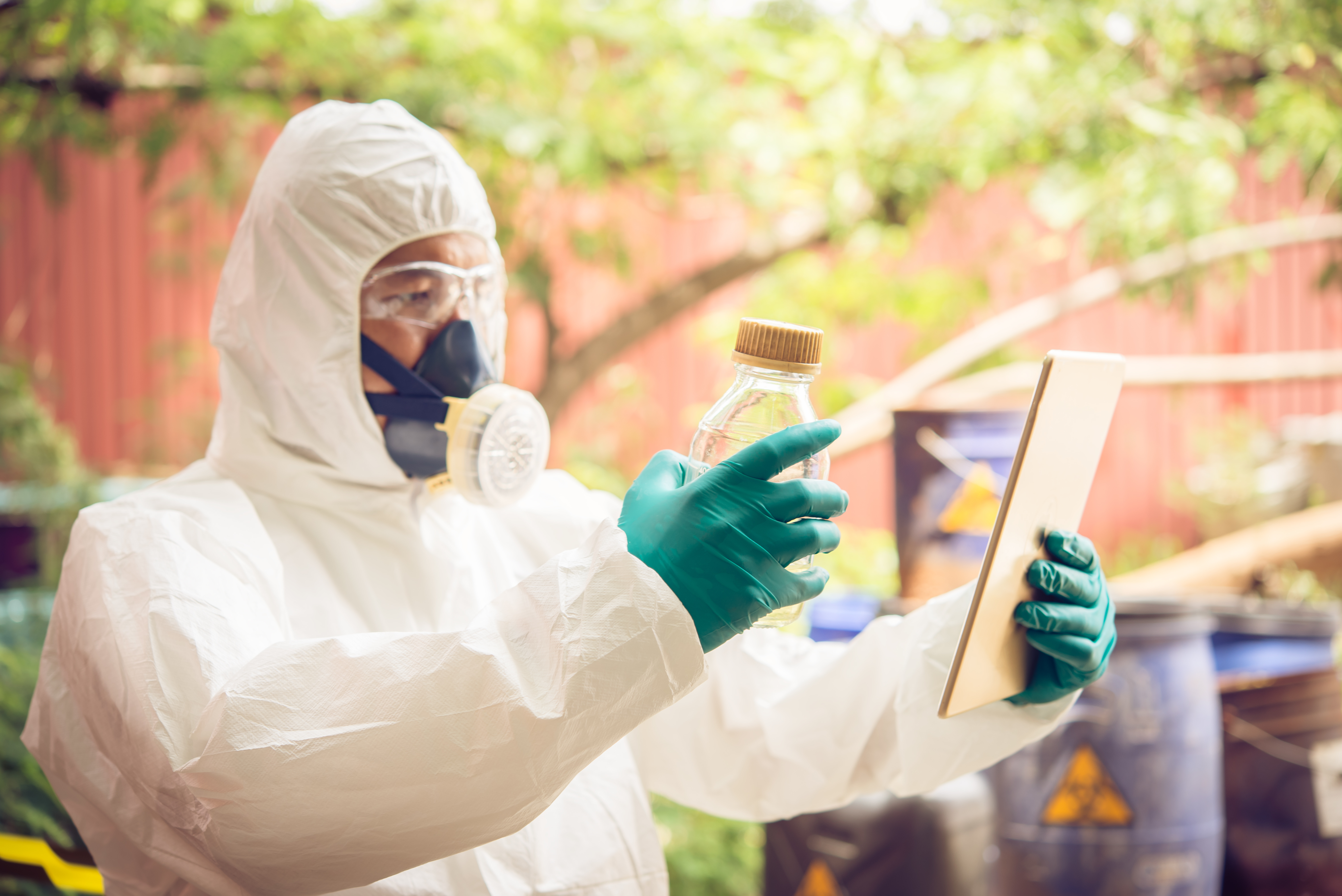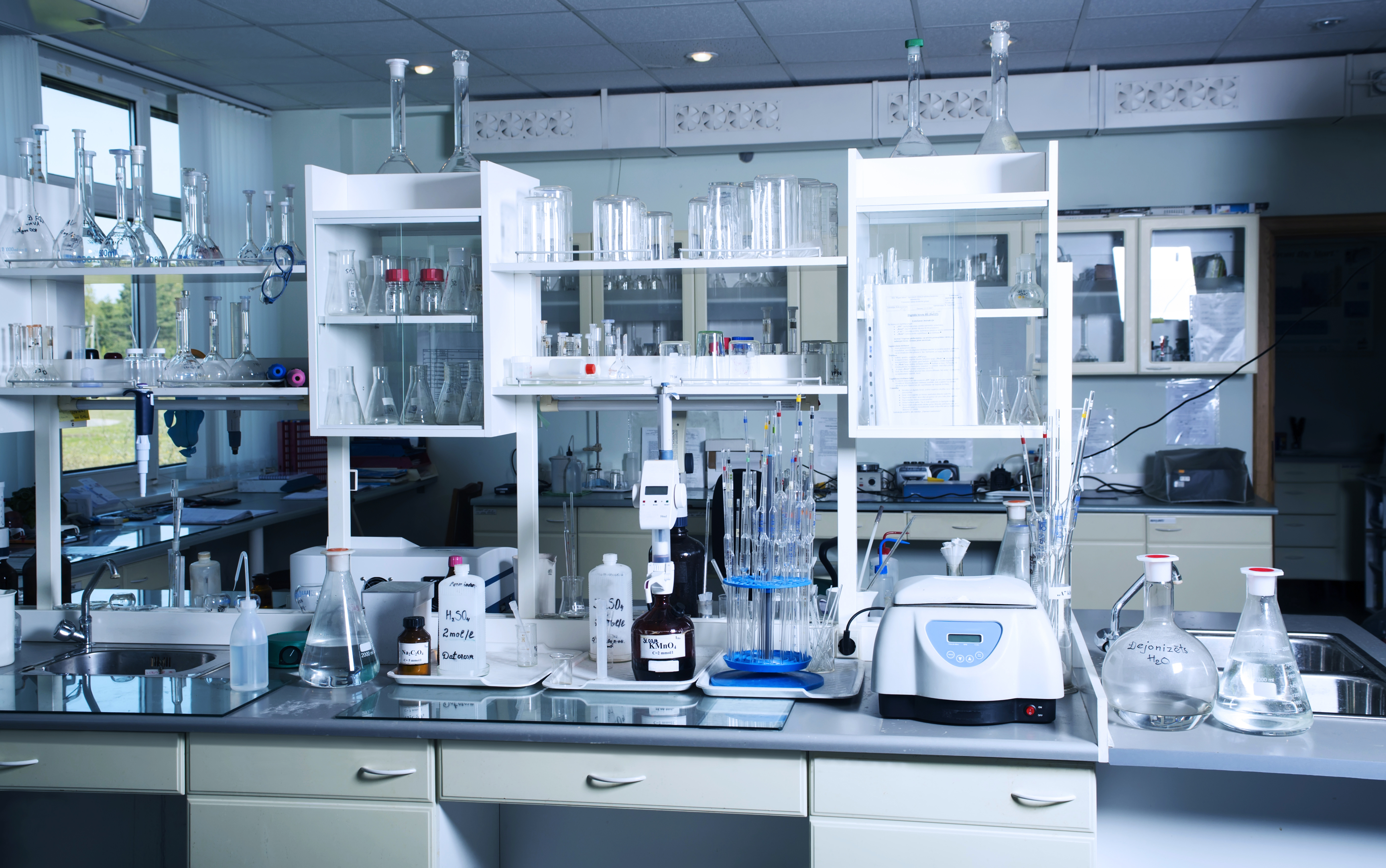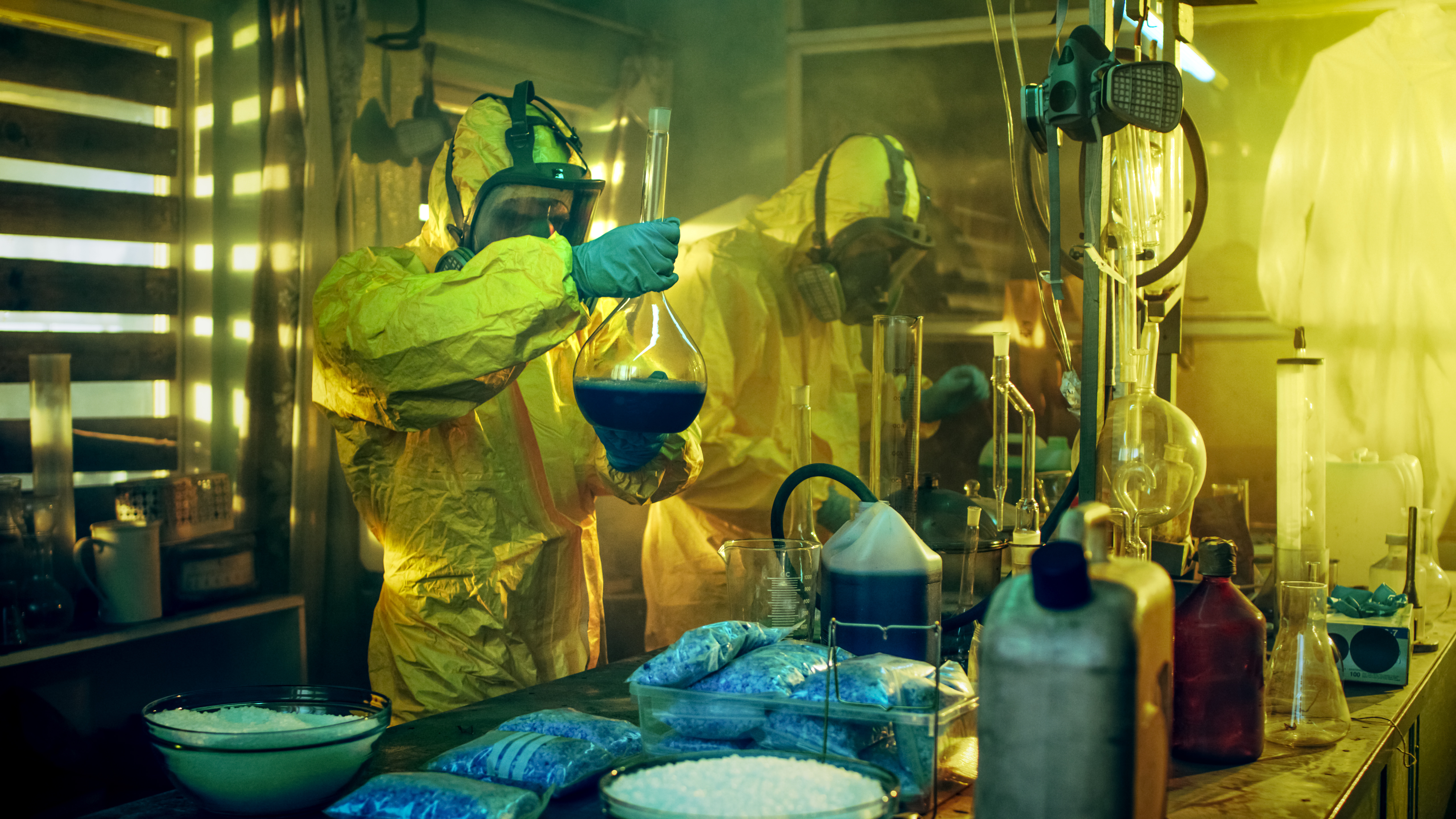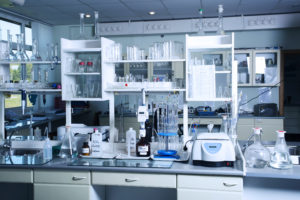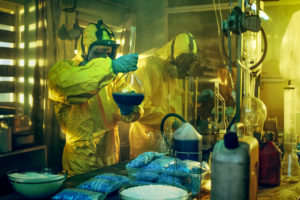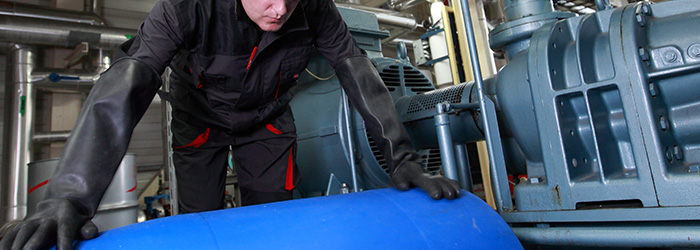Lab Packs
Shipping smaller containers within larger outer containers in known as lab packing. Lab packs themselves are an accumulation of relatively small containers of hazardous and non hazardous chemicals re-packaged into a bigger, D.O.T. container or drum – usually 55 gallons or less. This process allows companies to transport or dispose of hazardous and non hazardous chemicals in accordance with state and federal regulations. During lab packing, inner containers are categorized and packaged according to similarities in chemical properties and hazard levels – while outer containers must be appropriately labeled to indicate the contents.
Why Consider Lab Packing?
Laboratories in many organizations, including medical facilities, manufacturing facilities, warehouses, dry cleaners, and educational institutions often require relocation or decommissioning at some point. Academic research laboratories in high schools, community colleges, and universities, in particular, use and generate various corrosive and toxic substances during the academic term for demonstration purposes.
These hazardous substances must be properly disposed of at the end of each semester or school year as they expire, become contaminated through experiments, or becomes obsolete. Lab packing offers a safe, efficient, and code-compliant way of removing unwanted chemicals from inventory in bulk quantities.
Lab packs, while convenient, must comply with several strict state and federal regulations. US DOT regulations, 49 CFR 173.12(b), (d), and (f) outline specific requirements for the shipment of lab packs.
For example, outer containers must consist of UN-performance packaging, typically constructed from approved steel, plastic, metal, or fiberboard material. They must also not exceed 208 liters (55 gallons) for certain substances. Inner containers, on the other hand, may not exceed 20 liters (5.3 gallons) and must be enclosed by adequate amounts of a chemically compatible absorbent material.
Lab packs are also governed by numerous other requirements outlined in 49 CFR 173, 178, and 179. Preparation must, therefore, be performed by organizations with specific training and appropriate knowledge of chemical substances.
Our Lab Packing Services
Lowcountry’s lab packaging process begins with our qualified experts carefully segregating like chemicals based on their knowledge, experience, and extensive training. Where required, PH testing will be performed to determine the waste profile of specific chemical substances. Careful sorting ensures that similar materials are grouped together, mitigating any risk that could otherwise arise due to the mischaracterization of waste material.
Next, the items are packaged into approved drums sized per specifications outlined in 49 CFR 173.12 for the given waste product. An absorbent substance – usually vermiculite – is packed into the container to absorb any spills or leaks that may occur and also helps to keep the inner containers stable through any excessive shaking or impacts during transportation. This is especially crucial for chemicals that may be stored in glass containers or bottles.
Once the outer containers have been secured, they are appropriately labeled, marked, and prepared for transport.
Lowcountry Environmental Services possesses the skills and expertise to prepare lab packs for any type of industrial facility. We can provide standard or custom small batch packs that comply with state and federal regulations based on your requirements.
Are you ready to relocate or decommission your laboratory in the safest and most efficient way possible? Or perhaps you simply need to dispose of hazardous chemicals safely? Contact our team of waste management experts today for assistance.



